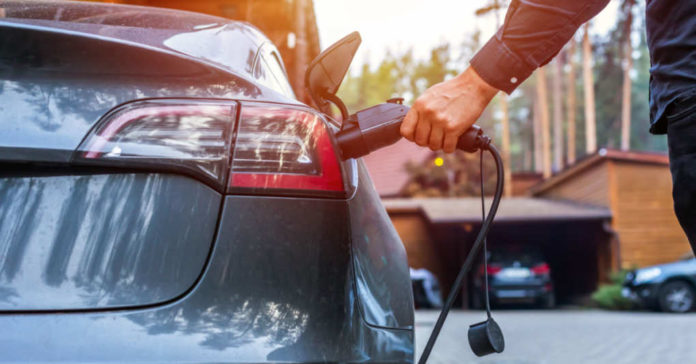
By now, we’ve all heard and seen the push for electric vehicles in the US. When was the last time you saw a TV commercial that WASN’T boasting about the amazing green capabilities that would save the planet?
And yet, in real life, those who actually own or even those who have driven an EV just a few times know that they aren’t nearly all they are cracked up to be.
Take one Phoenix resident who owns an R1T, an electric truck made by Rivian Automotive, Inc., for example.
As with most EVs, it is recommended that the truck stay plugged in when at all possible, especially if it’s just going to be sitting for a number of hours. This will ensure that it stays charged and doesn’t lose any charge along the way.
And so, as recommended, that is what this EV owner did. In fact, he left his truck charged for an entire week recently. And yet, when he finally turned it back on, he found that the truck could only travel about 56 more miles than it could when it was plugged in a week earlier.
He recently shared this experience with InsideEVs.com, an electric vehicle website. As the outlet wrote, “the vehicle had a 70 percent charging limit set, it was hooked up to a 240-volt 48-amp home charger, it had Gear Guard turned off, but it stayed connected to the WiFi network.’ And yet, from just sitting (and charging), it wasn’t really gaining anything.
As InsideEVs.com explained, this occurrence has become known as “excessive drain” or “vampire drain.” Presumably, most cases of this happen in colder climates, as battery life is known to be an ongoing issue when met with colder temperatures.
However, as you might have noted, this guy and his EV truck are located in Phoenix, where cold weather isn’t really an issue.
Naturally, this EV owner contacted the manufacturer about the issue and was told he should probably bring the truck in for a service visit.
The outlet noted that this is not the first time they have heard of Rivian EVs experiencing similar problems. In fact, as another Rivian owner suggests, recent updates to the vehicle’s software might be the issue. This guy says that he had a “daily drain” of around 1.8 percent prior to the update. After the update, it was up to four percent.
According to a Rivian technician, about “1 percent drain every 12 hours” is noted as “acceptable” or normal. Again, it was recommended that the vehicles be left to charge when sitting as often as possible.
Of course, Rivian isn’t the only manufacturer with problems.
As the Western Journal recently reported, a GMC electric Hummer broke down in the middle of the Utah desert. And this isn’t the first time the same vehicle has died on him. Once, it went kaput in the middle of a busy highway before it had even driven 250 miles.
According to the owner, mechanical issues were to blame.
And in Europe, there have been so many problems with EV performance in the cold that the World Economic Forum has told drivers that they are not allowed to use EVs to drive around elite and VIP attendees of their conference. They are simply too unreliable.
What all of this says is that while EVs might be the future of the automotive industry, it’s certainly not the present. There are simply too many issues to contend with, and that’s all without considering the near-astronomical price comparison between them and their gas-powered counterparts.
For instance, that Hummer that broke down cost a whopping $115,000 upfront. And don’t even get me started on how much all that maintenance likely costs. Then there is also the fact that electric charging stations aren’t all that plentiful in most areas, nor are they reliable. That, and you have to literally charge your vehicle for hours at a time.
Here’s the thing: we’re hearing stories like this ALL the time.
It takes 5 minutes to fill up at the gas station. The reality is that people want convenience, not a time-consuming task that will inevitably cause more problems for them.
EVs simply aren’t living up to their promise, which also explains why their sales are down.














